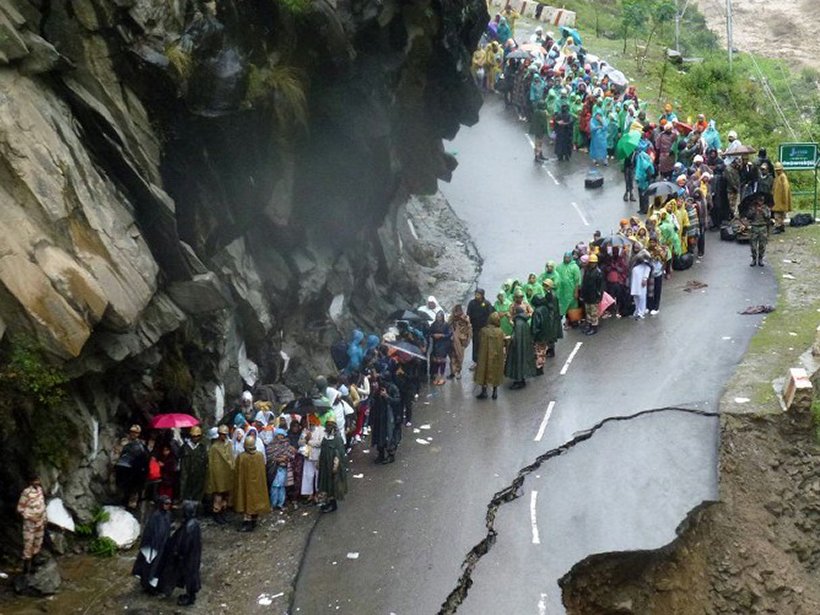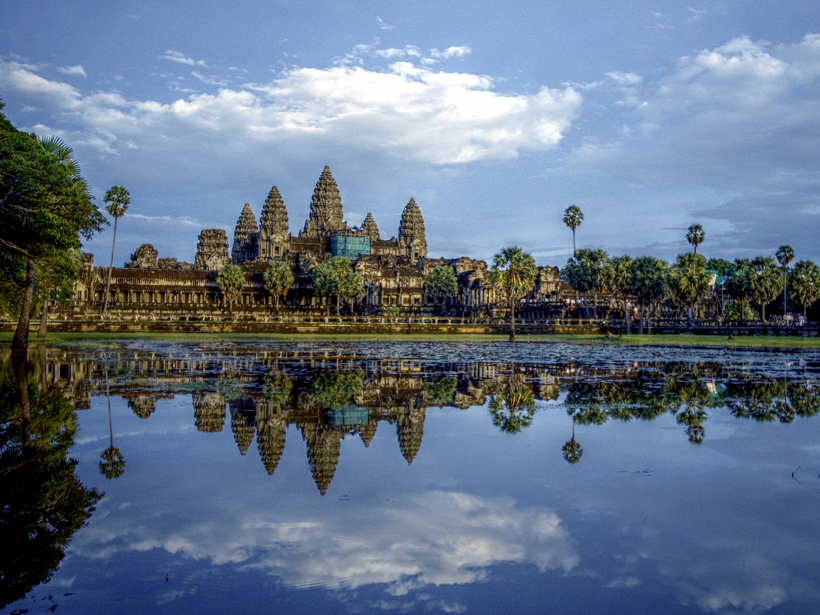Scientists traveled to Kerala, a state in India recently devastated by severe monsoon rains. They found a vulnerable population that will soon face fresh landslide risks as a new monsoon approaches.
monsoons
A Better Way to Predict the Indian Monsoon
A new study finds that including Himalayan topography and land-atmosphere interactions improves climate models.
How Ice Rafting Events Affect Asian Monsoon Hydroclimate
Cave stalagmites provide isotopic evidence that Bond events and Heinrich events have more variable effects on Asian monsoon hydroclimate during the last glacial period than during the Holocene.
Giant Snails’ Century-Old Shells Recorded Monsoon Rainfall
Researchers explored past precipitation in India using shells from very large land snails collected there in 1918 and preserved in a British museum.
The Asian Summer Monsoon Launches Pollutants Around the Globe
New research provides a comprehensive overview of the effect of the Asian summer monsoon (ASM) on atmospheric composition throughout the life cycle of the ASM anticyclone.
Mysterious Intraseasonal Oscillations in Monsoons
The unpredictable cycles of rainfall during India's summerlong monsoon have stymied scientists for decades.
Defining the Onset and End of the Indian Summer Monsoon
A new, objective definition of the onset of the summer monsoon could improve predictions of rainfall in India.
Forecasting India's Water Future
The NORINDIA project sheds light on how climate change could affect monsoons, droughts, and glaciers in northern India.
Implications of Future Changes in the Asian Monsoon's Intensity
AGU Chapman Conference on the Evolution of the Asian Monsoon and Its Impact on Landscape, Environment, and Society; Hong Kong, China, 14–18 June 2015
The North American Monsoon: Models Versus Observations
Third Annual Regional Climatology and Meteorology Meeting for Northwest Mexico; Mexico City, Mexico, 4–5 June 2015









